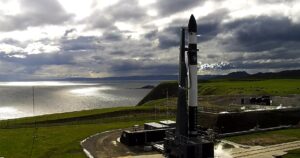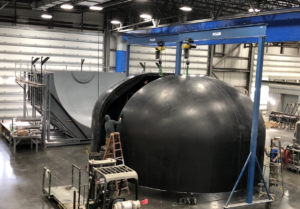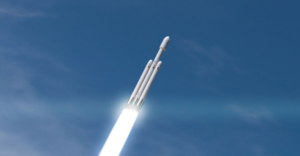
Relativity Space Is Not Far From The First Orbital Test Flight
As we have continued to see across the space industry, reaching orbit for the first time is an immensely difficult process that few have successfully managed to complete. Not long ago we saw Astra reach orbit and deliver a payload for the first time after multiple failed attempts. Now in the middle of 2022, Relativity Space is getting very close to its first orbital test flight of Terran 1.
Specifically, over the past few months and recent weeks especially, Relativity has been provided updates on the company’s progress towards this milestone launch. This includes promising tests of engines, components, and more. All of which need to be working perfectly in order for this launch to be a success. This being said, even if the flight is not 100% successful, Relativity is bound to gather a lot of invaluable information from it.
Not only is this test getting closer, but Relativity is continuing to try new and ambitious ideas in the quest for increasing access to space. The launch of Terran 1 will provide more firsts than just the company’s first official launch. Here I will go more in-depth into the recent progress Relativity has made, what to expect in the future, and how they plan to reach orbit.
Recent Updates
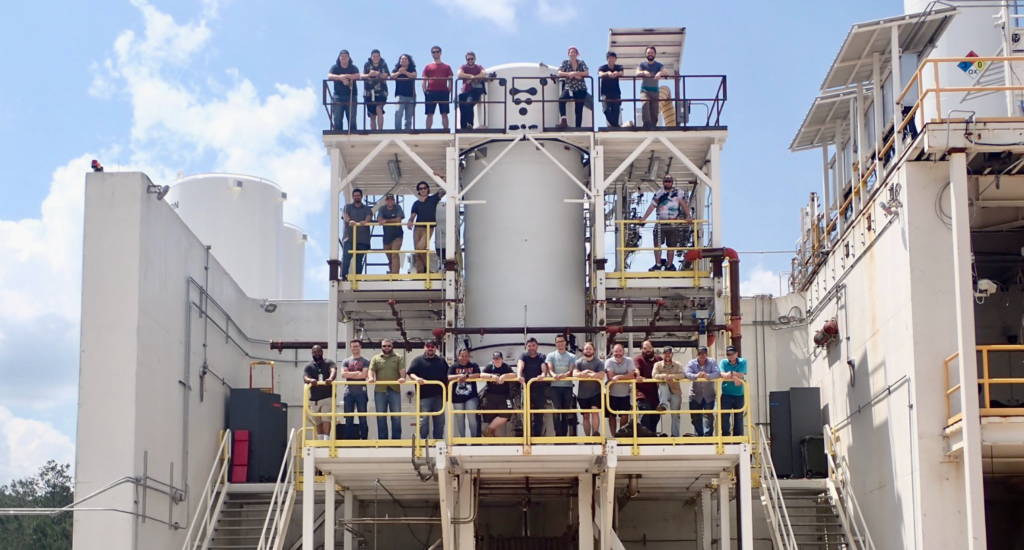
With the first launch of Terran 1 approaching, Relativity Space has been very busy working on final preparations for the launch vehicle and more. Most recently, this has included the testing of specific stages and components prior to being shipped to Cape Canaveral. It began on May 11th when CEO Tim Ellis tweeted saying, “Acceptance testing of all Terran 1 Flight One engines complete… most of them integrated to stage one, and we are nearly complete with upper stage acceptance testing for our first orbital vehicle. Heck of a week at @relativityspace amazing team effort they are on fire.” Next, only a few days later on May 13th, Relativity provided another update on its factory of the future with a tweet that highlighted, “#HappyFriday! We are making major progress on our 1M+ square ft. headquarters in #LongBeach, CA. Check out these exclusive renderings of the inside of our new building, from a sleek new mission control center to immersive hallways filled with wonder.” New buildings like these are crucial for the future of Relativity, and the company’s ability to continue to grow and improve over time. This new factory will allow Relativity to experiment and become more efficient with its unique manufacturing process and more.
Only days later the company announced even more exciting news on Terran 1’s progress. On May 17th, Relativity tweeted, “Major Milestone. We recently completed a successful Mission Duty Cycle (MDC) test for our integrated Stage 2 of Terran 1 plus acceptance testing for all 9 Aeon 1 engines for S1 at our facilities at @NASA Stennis Space Center.” Tim Ellis pointed out additional details of the achievement by saying, “Second stage MDC complete! This was the most adrenaline I’ve felt at @relativityspace to date. Years of combined effort to acceptance test this 3D printed flight stage, a landmark moment for space. Unbelievably proud of our team. Next stop, orbit.” From here, the stage went through a data review. Tim Ellis tweeted again mentioning, “Data review ongoing – all clean and this baby will be shipping to our launch site at Cape Canaveral, next test in space! Relativity’s first flight stage.” Finally, only hours ago earlier this morning, he tweeted again pointing out, “And that’s a wrap! Flight stage 2 data reviews passed yesterday and we are shipping the stage to Cape Canaveral for launch. Thanks to our amazing team.” This string of tweets primarily highlights the progress over the past week of Terran 1’s second stage as it works towards a shipment to Cape Canaveral. This is in addition to some engine progress and more updates on the company’s new factory in construction. With the second stage on its way to Florida, Relativity Space is closer than ever to launching Terran 1 for the first time.
Terran 1 & Future
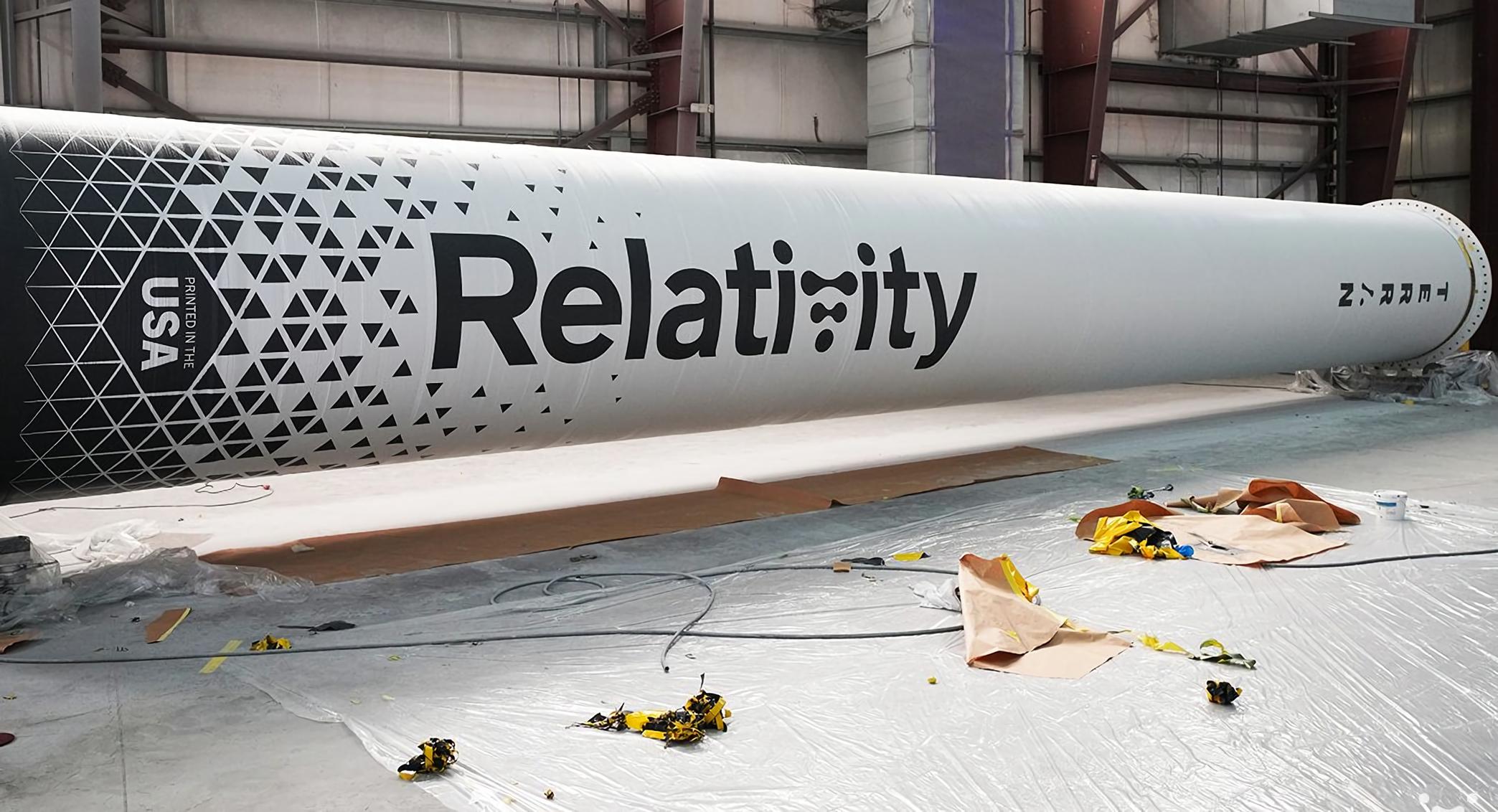
Now that we know some of the specific updates from Relativity over the past week, we can take a closer look at the stages and facilities Relativity is actively working on. One of the first important updates highlighted work on the company’s new factory. Relativity operates multiple production, test, and launch sites across the United States, working to try to enable shorter lead times to launch, and greater launch flexibility for commercial and government customers needing access to space. Most recently, the company is working hard on its new HQ and factory in Long Beach California. Specifically, With 120,000 sq. ft., Relativity’s brand new headquarters and expanded factory will host both the company’s business operations and an unprecedented manufacturing facility, integrating machine learning, software, and robotics with metal additive manufacturing technology to produce Terran 1, the world’s first 3D printed rocket.
In addition to this facility, Relativity operates one third of the test facilities at NASA Stennis Space Center across the E2, E3, and E4 test sites. The E2 site is used for Aeon engine component testing including extensive thrust chamber assembly firings. Since 2016, the E3 test site has been Relativity’s home for high-pressure and flow rate Aeon-1 engine testing, and has more recently been focused on igniter and gas generator testing. The E4 test site, consisting of four test cells over 89,000 m² (22 acres), hosts production testing of Aeon engines along with Terran stage tests. This specific site has been the location of the most recent stage tests shown in the updates. In addition to the test sites, Relativity uses nearby Building 9101 as expansion for production capabilities with the 220,000 square feet footprint including a 25 meter high bay and bridge cranes. In terms of a launch site, Relativity is constructing a launch facility on site LC-16 at Cape Canaveral Air Force Station (CCAFS) that will support initial test flights of Terran 1 and subsequent customer flights. The launch site, on the eastern end of CCAFS is ideal for supporting low- to mid-inclination orbits. Inclinations less than 28° and greater than 55° are also possible but may result in decreased mass to orbit performance due to dogleg trajectories. Before Relativity was competitively awarded the site in 2019, LC-16 was used by the US Air Force for Titan I, Titan II, and Pershing missile launches, and briefly by NASA for Gemini crew processing and static test firing of the Apollo Service Module’s propulsion engine.
Besides the news on Relativity’s new factory and future launch site, the company was most busy in the past week with stage 2 testing. Taking a closer look, the Terran 1 second stage consists of a monolithic printed tank with integral common dome, payload attach fitting, and separable fairing. A single Aeon Vacuum engine powers the second stage with up to 28,300 lbf-vac using a fixed 165 to 1 expansion nozzle and is capable of multiple restarts including provisions for a deorbit burn. Similar to Stage 1, a heat exchanger on the AeonVac engine generates gaseous natural gas and gaseous oxygen that pressurize their respective tanks autogenously. Stage 2’s payload controller offers separation initiation, separation detection, ethernet and serial in-flight payload telemetry channels. Pitch and yaw control is provided by electro-mechanical thrust vector control actuators affixed to the Aeon Vacuum engine. Roll control and pointing are performed using cold nitrogen gas reaction control thrusters located near the aft end.
For the upcoming launch, Relativity like other companies within the industry has set launch operations to ensure everything goes according to plan. Approximately one week prior to launch, Relativity conducts a flight readiness review (FRR) to verify the readiness of the launch vehicle, integrated payload, and ground systems. Once verified, the integrated Terran launch vehicle rolls to the pad and connects to ground systems including payload/fairing conditioning, pressurants, propellants, and electrical and data connectivity. When ground support connections are complete, the transporter erector rotates the Terran launch vehicle to its vertical position on the pad. The Terran launch vehicle and pad systems are designed to accommodate a one-hour countdown; longer countdowns may be coordinated as a nonstandard service. Critical functions for both ground systems and flight vehicle are controlled by automated software during the countdown. Propellant and pressurant loading sequences begin early in the countdown, along with a series of vehicle, telemetry, and range checkouts.
Conclusion
Reaching orbit for the first time is an immensely difficult process. Right now Relativity Space is in the home stretch regarding this first attempt. Over the past few months and weeks especially, the company has been hard at work preparing for the upcoming launch. This specifically includes testing the second stage of Terran 1 before shipping it to Cape Canaveral. We will have to wait and see how it progresses and the impact it has on the space industry.

